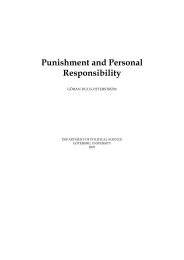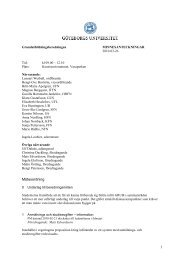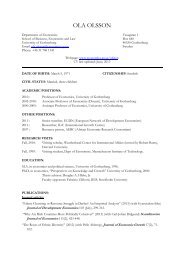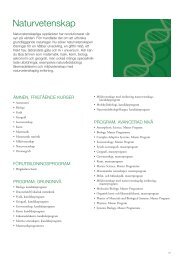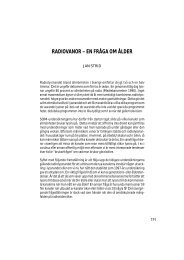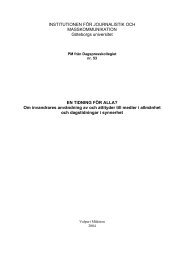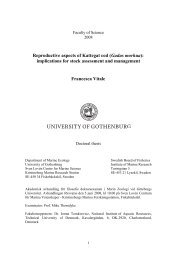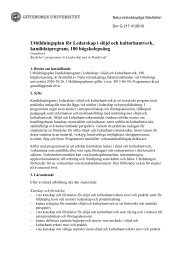Equal Opportunities Work - Theories about Practice
Equal Opportunities Work - Theories about Practice
Equal Opportunities Work - Theories about Practice
You also want an ePaper? Increase the reach of your titles
YUMPU automatically turns print PDFs into web optimized ePapers that Google loves.
approaches need to be used for girls and women than for boys and men, so that<br />
they can develop their competence and learn in the optimal way. Taking<br />
awareness of sex and gender into account in the teaching situation is also<br />
rooted in the idea that the needs of the two sexes are different in the classroom<br />
situation. Girls define problems differently than boys, ask different questions<br />
and imagine different solutions, and so they also need different educational<br />
approaches.<br />
Another didactic argument for being aware of sex and gender in the teaching<br />
situation is based on the insight that good teaching is teaching that integrates<br />
new experience and knowledge with a previously existing worldview. In other<br />
words, the student or pupil must be able to relate what the teacher is driving at<br />
to him or herself and to personal experience. To do this I must feel that the<br />
experience of my sex is represented in the classroom. This is also a<br />
prerequisite for my being able to be sure of my own perspective, to come to<br />
know that basis of my own thinking and argumentation. If I am not familiar<br />
with it, I will not be able to develop into an independent, critical thinker.<br />
It is also possible to justify the importance of awareness of sex and gender<br />
in the teaching situation by saying that it promotes equality of opportunity.<br />
<strong>Equal</strong> opportunities as a matter of justice require that school be a place where<br />
girls and are treated equivalently. In this respect, equivalent treatment means<br />
having respect for the fact that girls and women need to be taught in different<br />
ways than do boys and men. This, too, requires awareness of sex and gender in<br />
the teaching situation. As we saw in the section on equal opportunities, quality<br />
and justice, it is possible to argue that equality of opportunity generates higher<br />
quality in that it leads to skill enhancement. Introducing an awtueness of sex<br />
and gender into the classroom situation can also be seen as a way of utilizing<br />
the female competence the society of the future will need. Female competence<br />
is an unexploited reserve on the labor market. And this is precisely how the<br />
powers that be justify the introduction of gender into schools, as a way of<br />
recruiting the underrepresented sex.<br />
It is worth pointing out how the differences between the sexes are, once<br />
again, a theme in the arguments relating to awareness of sex and gender and<br />
education. Does this eventually turn into a trap, when we insist on justifying<br />
awareness of sex and gender in the classroom in terms of the inherent<br />
differences between the sexes?<br />
Let us distinguish between awareness of sex and gender in the classroom<br />
and investigating the teaching situation with a gender perspective. How do we<br />
define the latter? In my view, there are at least two options: teaching <strong>about</strong><br />
3I




